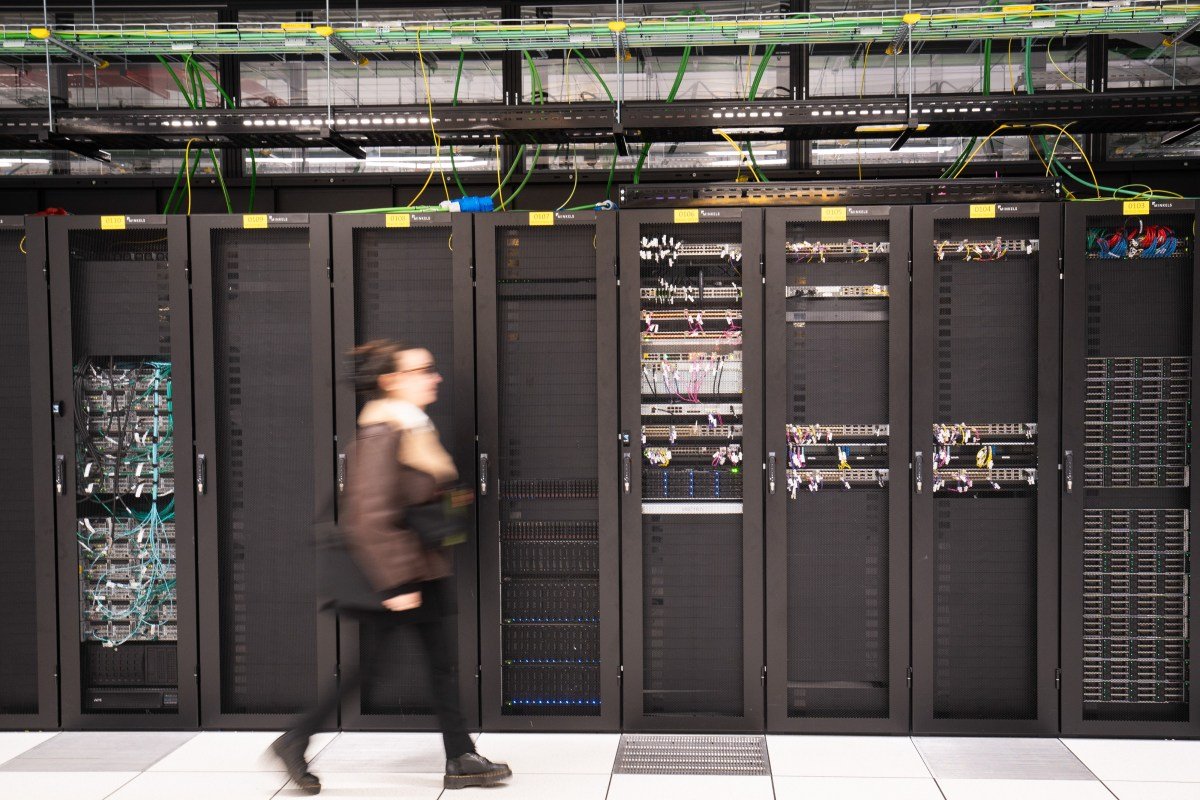Consumers Fear Rising Electricity Costs Amid Data Center Expansion
As tech companies announce ambitious plans for new data centers, a recent survey reveals mounting consumer concern that this AI-driven growth may lead to increased electricity prices.
Survey Insights: Consumer Worries Intensify
A report commissioned by Sunrun, a solar energy installer, shows that 80% of consumers are anxious about how data centers may impact their utility bills.
Electricity Demand Trends: A Shift in Usage
These concerns are grounded in reality. According to the U.S. Energy Information Administration (EIA), electricity demand in the United States remained stable for over a decade. However, in the last five years, commercial users, notably data centers, have significantly increased their consumption, with annual growth rates of 2.6% and 2.1% for data centers and industrial users, respectively. In contrast, residential use has only seen a modest increase of 0.7% annually.
Data Centers’ Growing Energy Footprint
Currently, data centers account for approximately 4% of the electricity generated in the U.S., a figure that has more than doubled since 2018. Projections indicate that this could rise to between 6.7% and 12% by 2028, as reported by Lawrence Berkeley National Laboratory .
Renewable Energy Solutions: A Double-Edged Sword
While the electricity generation industry is meeting rising demand through new solar, wind, and battery storage technologies, there is cautious optimism. Major tech companies are securing large contracts for utility-scale solar projects, attracted by the energy source’s affordability and modularity. Solar farms are capable of providing power to data centers even before full completion, typically taking around 18 months to finish.
Political Influence on Renewable Growth
The EIA anticipates that renewables will dominate new generating capacity for at least the coming year. However, experts warn that changes in political leadership could hinder this growth, particularly if key aspects of the Inflation Reduction Act are repealed.
Natural Gas Supply Challenges
Natural gas, another favored energy source for data center operations, is struggling to keep pace. While production has increased, much of it is directed toward exports rather than domestic supply. From 2019 to 2024, electricity generators’ consumption rose by 20%, while exports jumped by an astonishing 140%.
Prolonged Construction Times for New Power Plants
The construction timelines for new natural gas power plants compound the issue, as they take about four years to complete, per the International Energy Agency. A backlog in turbine production for gas-fired plants further complicates the situation, with delivery schedules extending up to seven years, according to industry reports .
The Backlash Against AI and Data Centers
While AI and data centers aren’t solely to blame for the surge in electricity demand—industrial users have been significant contributors—they remain the focal point of public concern. A recent Pew survey revealed that consumers are more worried than excited about AI, especially as businesses increasingly leverage the technology to downsize rather than to enhance productivity.
Final Thoughts: The Rising Energy Prices Dilemma
With energy prices on the rise, it’s clear a backlash may be brewing against the rapid expansion of data centers fueled by AI technology.
Here are five frequently asked questions (FAQs) regarding the impact of rising energy prices on AI and data centers:
FAQ 1: Why are rising energy prices a concern for AI and data centers?
Answer: Rising energy prices increase operational costs for AI and data centers, which are already energy-intensive due to their high computational demands. This affects profitability, operational scalability, and resource allocation, potentially slowing down advancements in AI technology.
FAQ 2: How do energy costs impact AI development?
Answer: As energy costs rise, the cost of training AI models, especially large-scale ones, also increases. Organizations may have to limit the number of experiments or reduce the size of datasets used for training, which can hinder innovation and the pace of AI advancements.
FAQ 3: What measures can data centers take to mitigate rising energy costs?
Answer: Data centers can implement energy-efficient technologies, optimize cooling systems, invest in renewable energy sources, and deploy AI-driven management systems to monitor and reduce energy consumption, ultimately minimizing costs.
FAQ 4: Are there any benefits to rising energy prices for the AI industry?
Answer: Yes, rising energy prices can spur innovation in energy-efficient computing and incentivize the development of sustainable technologies. This could lead to breakthroughs in low-power AI solutions and encourage investment in greener data center practices.
FAQ 5: How are organizations responding to energy price fluctuations in AI operations?
Answer: Organizations are increasingly prioritizing energy efficiency as a key factor in their IT strategies. Many are exploring partnerships with renewable energy providers, optimizing their infrastructure, and adopting AI to improve energy use in real-time, balancing performance with cost management.
Related posts:
- Balancing AI Innovation and Energy Consumption: GPU Data Centers Impact on Power Grids
- OpenAI Partners with Oracle and SoftBank to Construct Five New Stargate Data Centers
- What’s Driving the Headlines on Massive AI Data Centers?
- As OpenAI Expands Its AI Data Centers, Nadella Highlights Microsoft’s Existing Infrastructure


No comment yet, add your voice below!